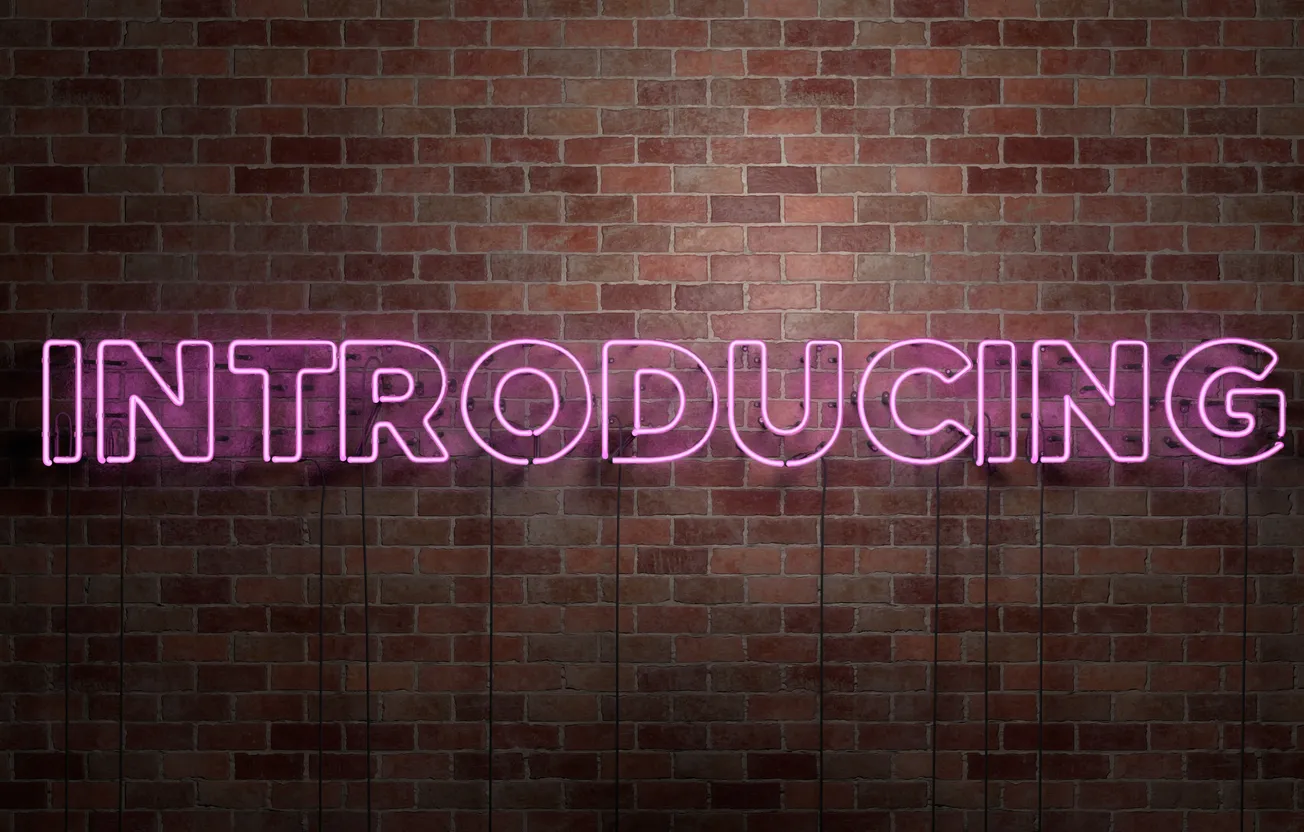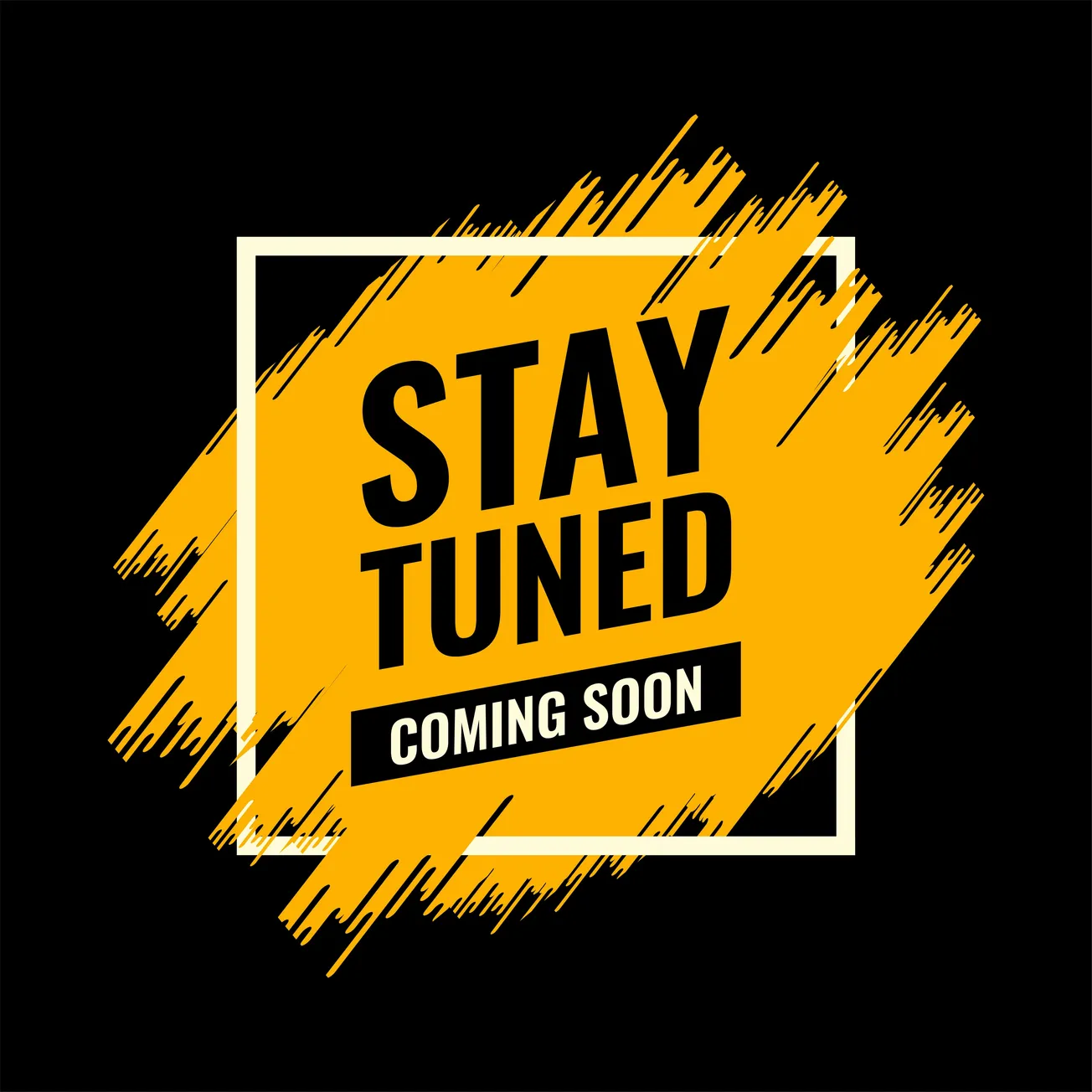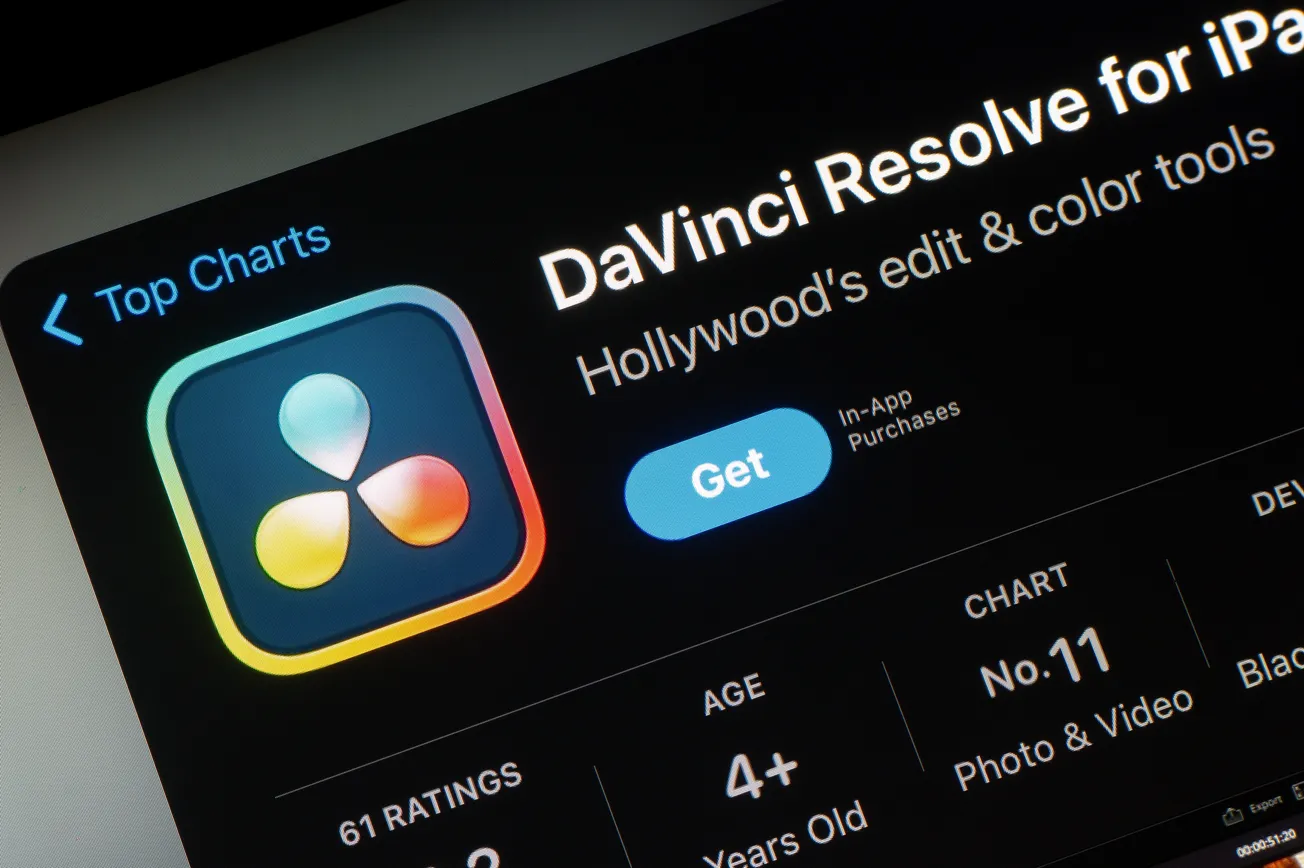Ad-blocking technologies have found their way into podcasting, reshaping how listeners engage with content while challenging traditional revenue models.
Its primary appeal lies in enhancing user experience by eliminating intrusive and often irrelevant advertisements. As podcasting has surged in popularity, with millions of episodes streamed worldwide, the demand for uninterrupted listening has led to the emergence of ad-blocking solutions tailored specifically for this medium.
Adblock Podcast, launched in July 2024, quickly garnered attention for its promise to skip ads automatically in iTunes podcasts, offering a more seamless listening experience.
Adblock Podcast leverages sophisticated algorithms to detect and skip advertisements within podcast episodes. This functionality is built on a subscription model, where users pay a fee to access ad-free listening. Importantly, the app ensures that podcast creators are compensated for the revenue lost due to ad skipping.
Each subscription fee is partially allocated to a fund that compensates podcasters based on the number of ads skipped. As of the latest statistics, listeners have used 857 ad-skip credits, equivalent to $34.28 in potential ad revenue. Of this amount, $20.00 has already been donated to podcast creators. This approach aims to strike a balance between enhancing user experience and supporting the podcasting ecosystem.
Other options include PurerPodcasts, Podblocker, Eero Plus and YouTube-focused SponsorBlock.
However, some creators may still be concerned about the broader implications of ad-blocking technology. If ad-blocking apps become widespread, it could lead to a significant reduction in ad revenues, forcing creators to seek alternative funding sources or adjust their content strategies. This shift could impact the diversity and quality of content available to listeners.
For advertisers, the primary concern is the potential reduction in visibility and engagement metrics. Ads that are skipped by users may not achieve their intended impact, leading to lower return on investment (ROI) for advertising campaigns. This challenge is compounded by the fact that podcast advertising often relies on targeted placements to reach specific audiences.
To address these challenges, advertisers may need to adapt their strategies to account for the presence of ad-blocking technology. This could involve exploring alternative advertising models, such as sponsorships, where brands collaborate with creators to produce branded content or integrate their messages more seamlessly into episodes.
Additionally, advertisers may need to invest in new technologies and analytics tools to better understand the impact of ad-blocking on their campaigns. By gaining insights into user behavior and preferences, advertisers can develop more effective strategies that resonate with their target audiences, even in an ad-blocking environment.
Demand for ad-free or ad-reduced options is likely to grow as users increasingly seek control over their content experiences. This shift could lead to the development of new ad-blocking technologies and business models that further reshape the podcasting landscape.
As more users become aware of ad-blocking options, the adoption rate is likely to increase. This trend could drive further innovation in ad-blocking technologies and prompt content creators and advertisers to explore new strategies to engage with audiences.
In response to the challenges posed by ad-blocking technology, podcast creators and advertisers may explore alternative revenue models. These could include subscription-based content, crowdfunding, and branded partnerships that offer more direct engagement with audiences.
The need for effective data analytics will become more pronounced as advertisers seek to understand the impact of ad-blocking on their campaigns. Advances in analytics tools and technologies will play a crucial role in helping advertisers and creators navigate this evolving landscape.
To adapt to changing user preferences, podcast creators may experiment with new content formats and delivery methods. This could include integrating branded content more seamlessly into episodes or developing interactive formats that enhance audience engagement.








